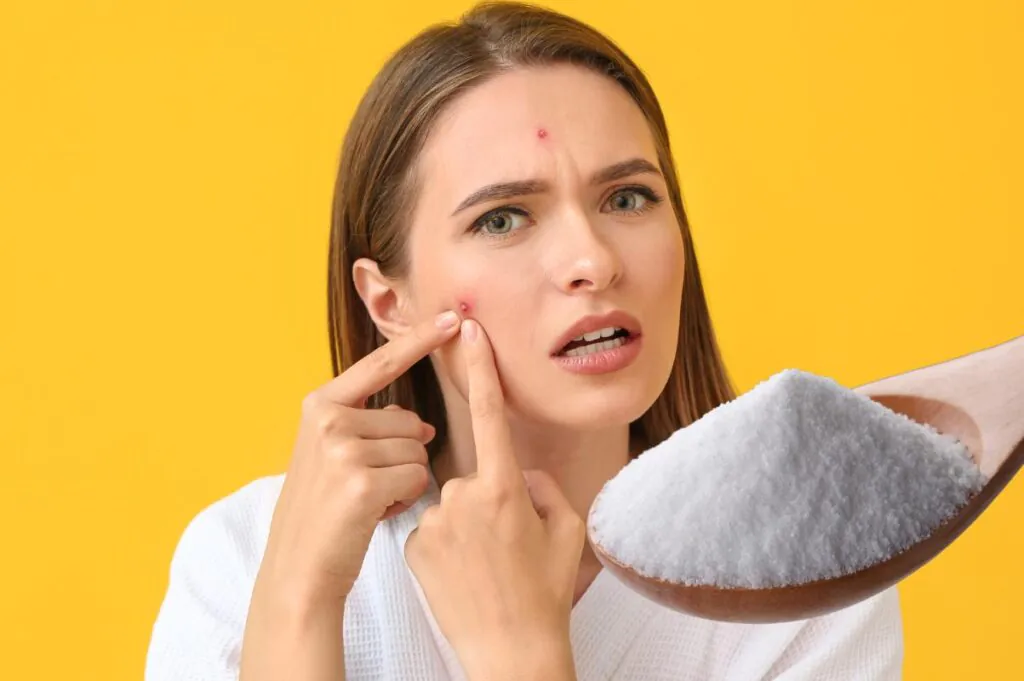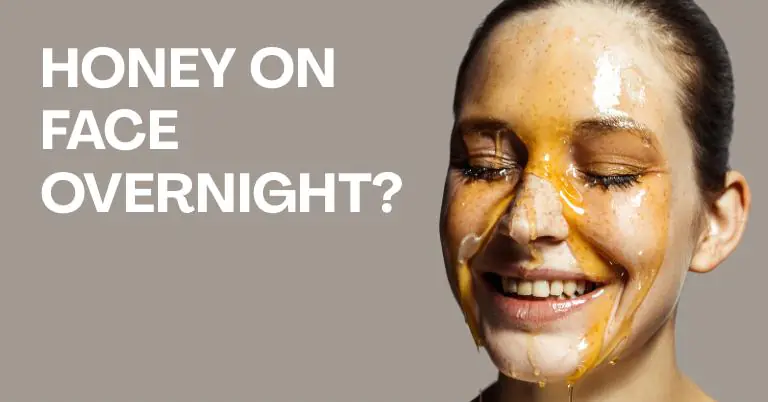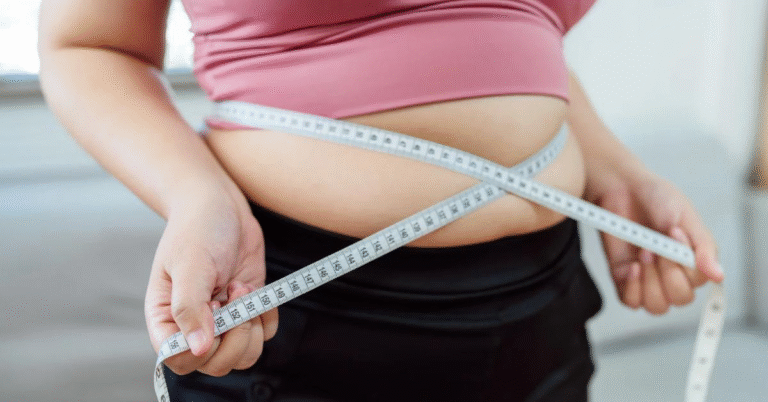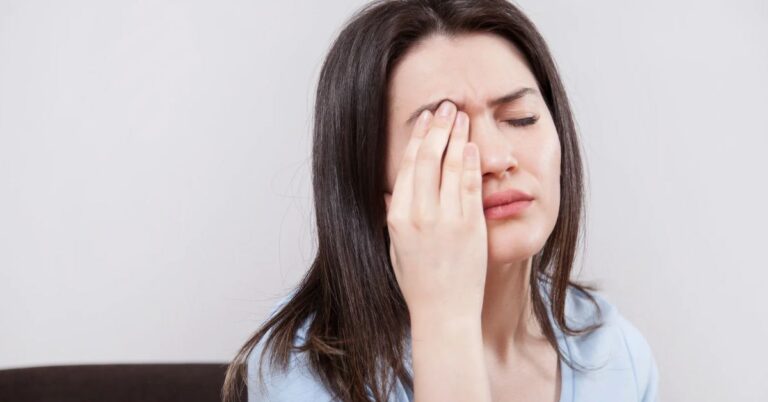I Dabbed Salt on My Pimples Here’s What Actually Happened to My Skin
Like many individuals who occasionally experience breakouts, I’ve experimented with various skincare products, from expensive serums to over-the-counter spot treatments. However, during a late-night exploration of skincare hacks, I stumbled upon an unusual remedy that piqued my interest: dabbing salt on pimples. Initially, it seemed peculiar, but the simplicity and affordability of the solution convinced me to give it a try. This led me on a surprisingly enlightening journey into one of the oldest natural remedies.
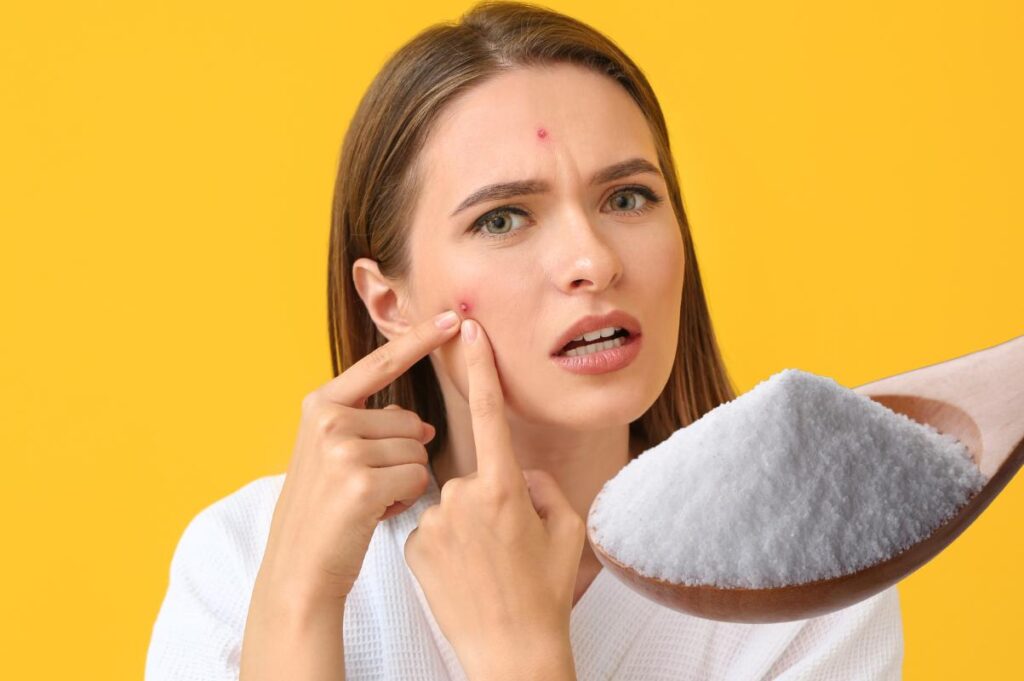
Why Salt for Pimples?
Salt, particularly sea salt and Himalayan pink salt, has been celebrated for its antibacterial and anti-inflammatory properties for centuries. Healthline reports that saltwater solutions have been used for centuries to cleanse wounds and alleviate skin irritation. The rationale behind using salt on pimples is that it can dry out excess oil, eliminate bacteria on the skin’s surface, and expedite the healing process.
Skincare enthusiasts online rave about its overnight ability to shrink whiteheads, while others caution about potential irritation. Intrigued, I decided to put this trending skincare hack to the test.
My Method – How I Applied Salt to My Pimples
To test the salt pimple treatment safely, I followed a basic routine for 7 days:
- Step 1: Cleanse face with a gentle, non-comedogenic cleanser.
- Step 2: Mix 1/4 teaspoon of fine sea salt with a few drops of warm water to form a paste.
- Step 3: Dab the paste directly onto active pimples using a clean cotton swab.
- Step 4: Leave it on for 10–15 minutes before rinsing with lukewarm water.
- Step 5: Apply a hydrating, non-oily moisturizer to prevent dryness.
I did this once a day at night, monitoring any changes closely.
Day-by-Day Breakdown: What I Noticed
- Day 1–2 – Initial stinging sensation, especially on inflamed spots. No major improvement, but the salt paste visibly dried the pimples.
- Day 3–4 – Whiteheads started to shrink and flatten. Redness around the area was reduced. However, my skin felt a bit tight afterward, so I adjusted by leaving the salt on for only 10 minutes.
- Day 5–6 – Significant reduction in oil production on my T-zone. Pimples that had been deep and sore began to heal without scabbing. No new breakouts appeared.
- Day 7 -Most active pimples had either flattened or disappeared. My skin tone looked more even, and overall inflammation was noticeably lower.
The Pros and Cons of Using Salt on Pimples
Pros
- Affordable and accessible: Sea salt or pink salt is readily available in most homes.
- Fast-acting on whiteheads: Salt dried out spots within 2–3 days.
- Antibacterial benefits: Salt appears to prevent the spread of acne-causing bacteria.
Cons
- Dryness and irritation: Not suitable for sensitive or dry skin types.
- No long-term solution: This is a spot treatment — not a cure for acne.
- Potential overuse: Daily application may damage skin barrier over time.
What Dermatologists Say About Salt for Acne
While anecdotal evidence suggests the effectiveness of salt treatment, dermatologists remain cautious. Dr. Rachel Nazarian of Schweiger Dermatology Group emphasized that while salt can provide antibacterial benefits, its use should be limited to avoid disrupting the skin’s protective barrier. Instead of concentrated paste, she recommends using diluted saltwater or salt-based toners for daily skin care.
Additionally, a study in the Journal of Dermatological Treatment found saline solutions could assist in healing mild to moderate acne, but emphasized the importance of pairing it with moisturizers and sun protection.
Should You Try It?
Dabbing salt on pimples proved to be more effective than I had anticipated, especially on whiteheads and inflamed spots. While it’s not a miraculous cure, it’s a useful and budget-friendly tool when used cautiously and occasionally. If you’re seeking a quick way to reduce a stubborn zit before a significant event, this might be worth trying. Just remember to hydrate afterward and avoid sensitive areas.
